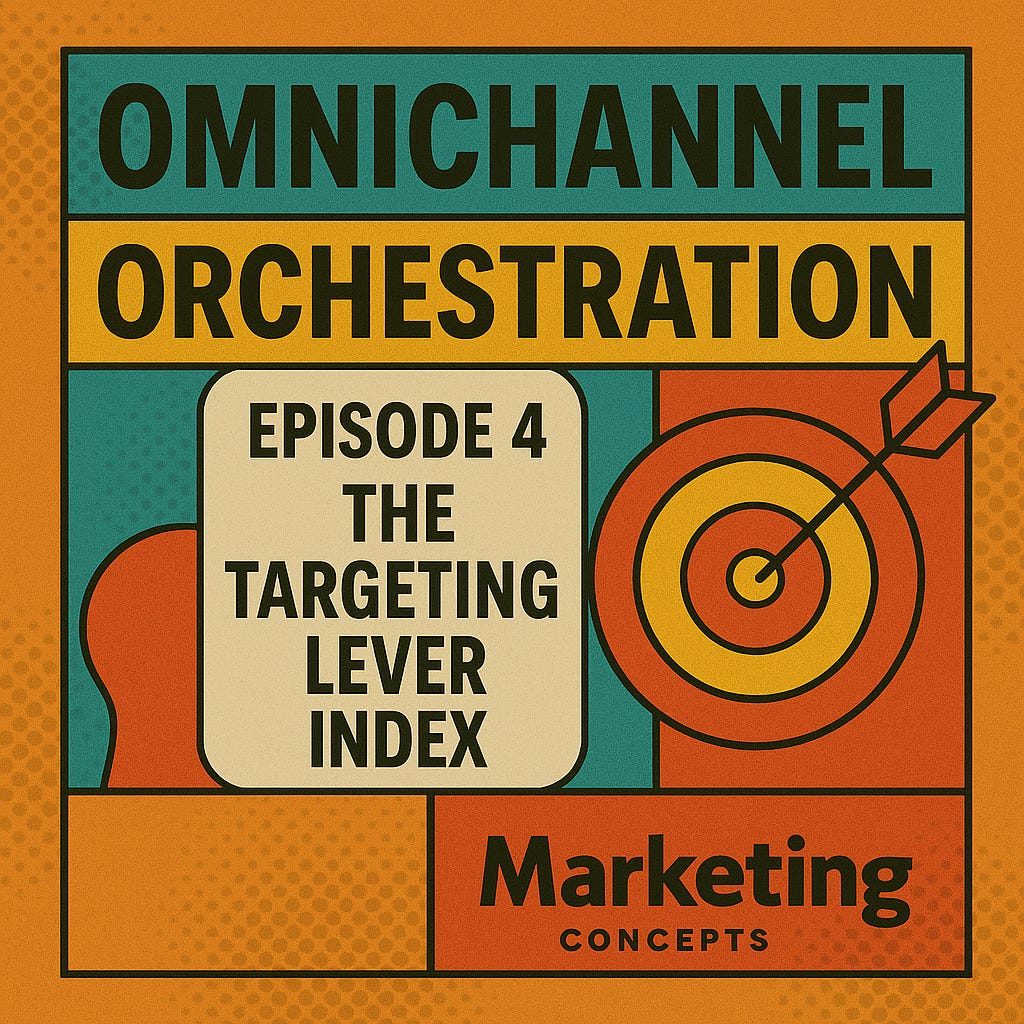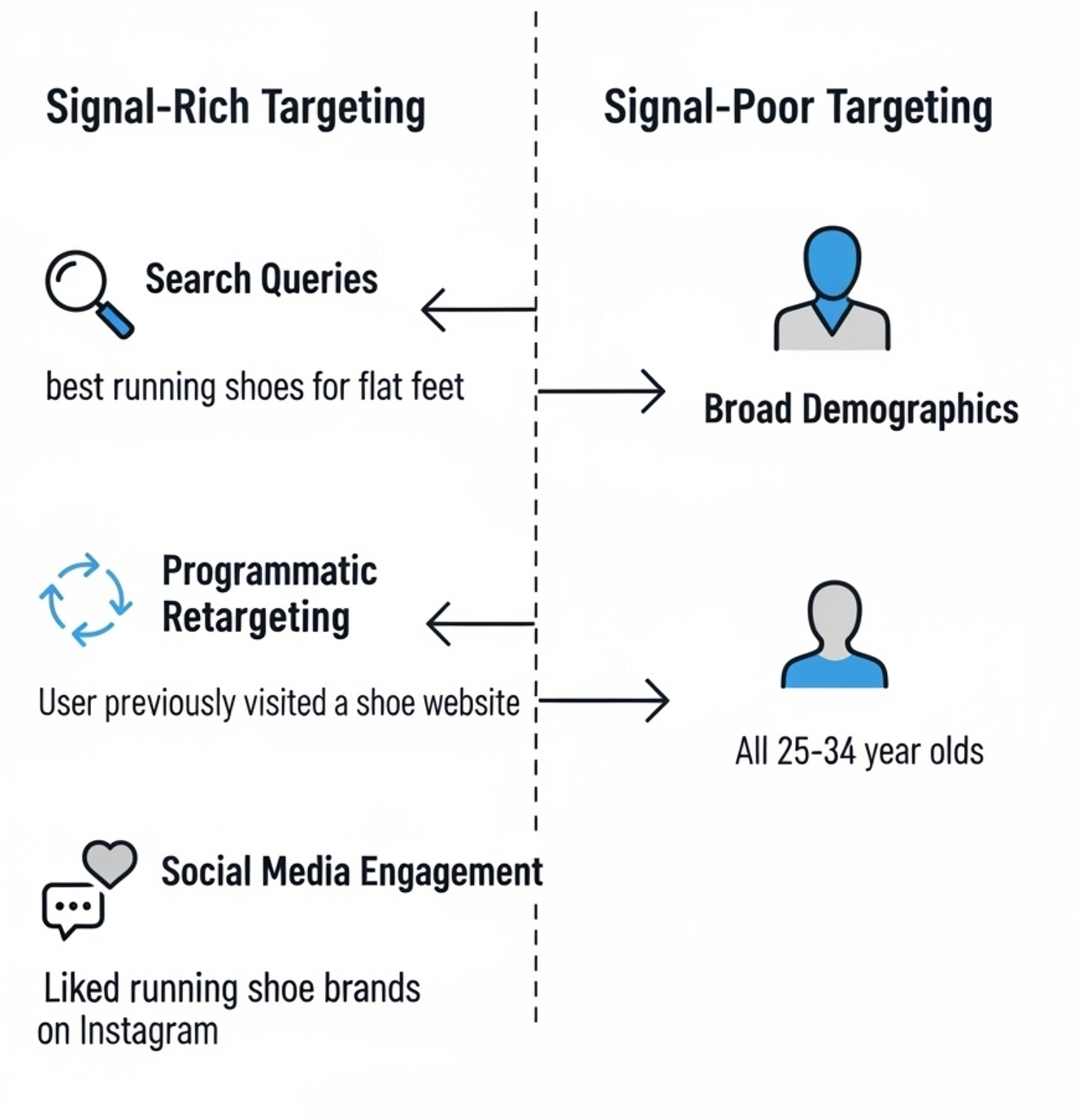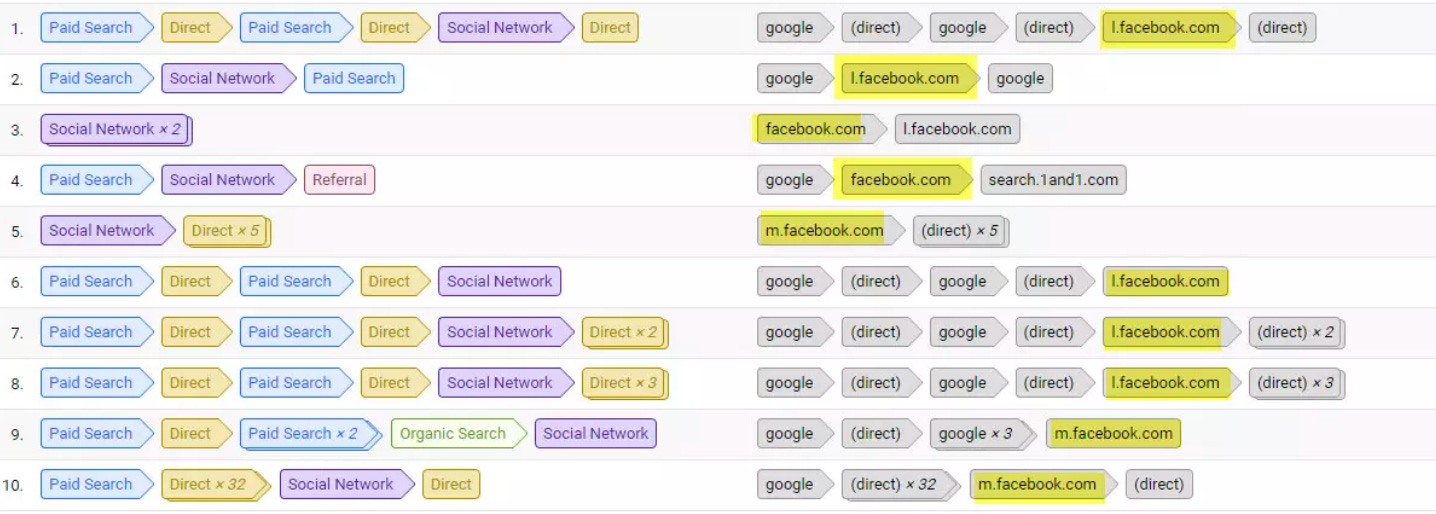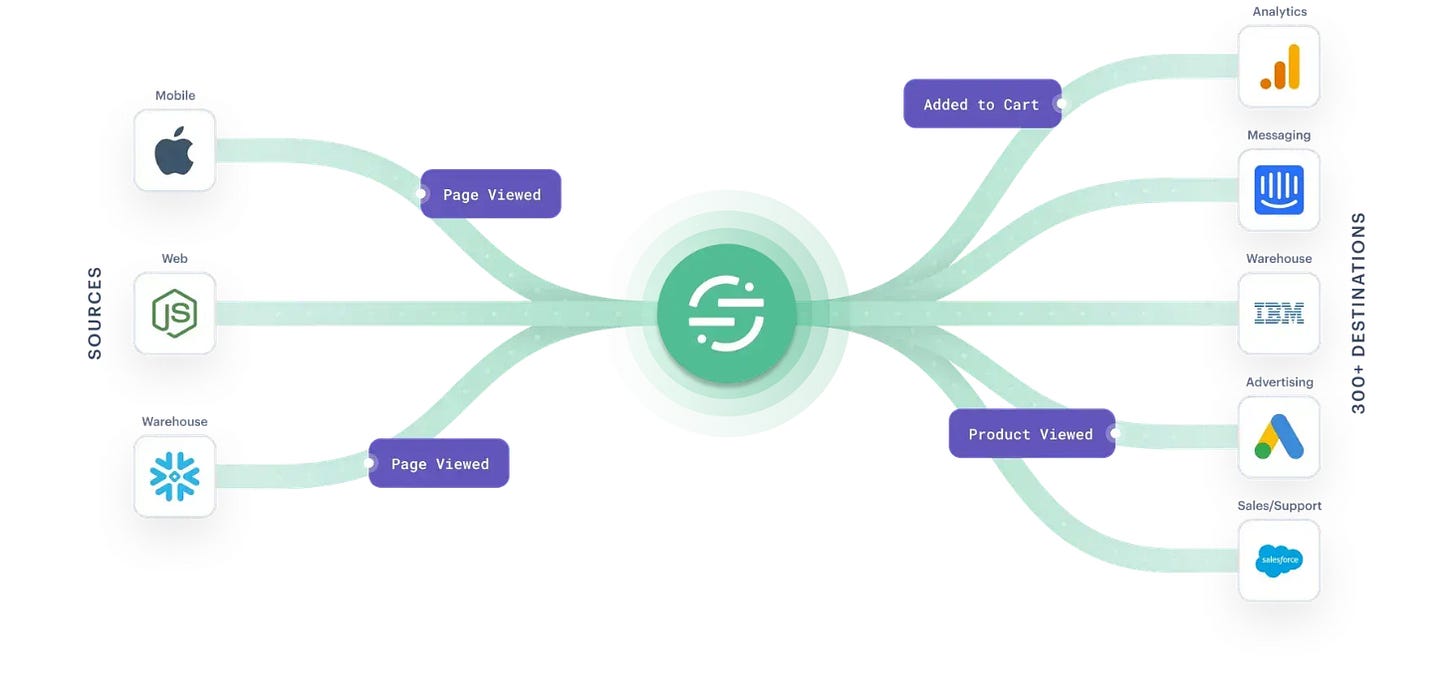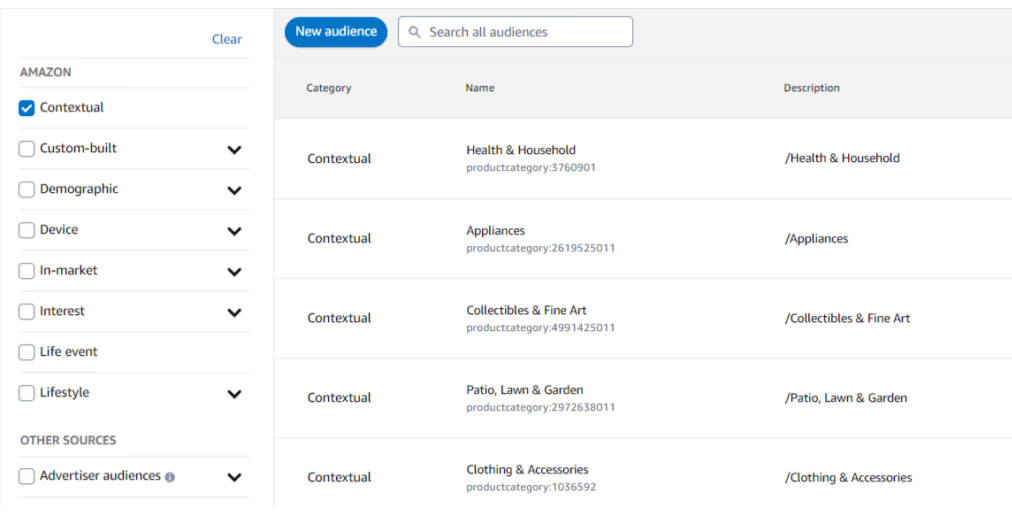Omnichannel Orchestration: Episode 4 - The Targeting Lever Index
This post follows Episode 3, where we explored the reality of diagnosing post-launch failures. If you missed it, read Episode 3 here.
“Tell me who you target, and I will tell you your results.”
In omnichannel campaigns, precision is not only about finding people — it is about capturing moments.
A single relevant moment can outperform thousands of generic impressions.
The difference between a wasted impression and a market-shifting interaction isn’t chance.
It’s leverage applied with intent.
This episode unpacks the Targeting Lever Index — a hierarchy of targeting choices — and applies it to search, social, and programmatic while mapping how consumers interact with these channels across devices, mindsets, behaviours, and levels of proficiency.
The Four Levers of Precision
1. Signal-rich vs. signal-poor targeting
A search query for “emergency plumber near me” at 11:43 am on mobile signals urgency and readiness to convert — far more valuable than a static demographic segment.
In programmatic, a DSP retargeting a recent site visitor via display at lunchtime can capitalise on the same urgency.
On social, targeting users who have engaged with a specific product video offers stronger intent cues than age/gender filters.
2. Behaviour sequencing
Consumers flow between devices and channels.
A user might browse reviews on their phone during a commute, research on desktop at lunch, then relax with BVOD in the evening.
Sequence your targeting to follow that journey: awareness on CTV, curiosity hooks on Instagram Stories, decision nudges via branded search.
3. Cross-channel audience orchestration
First-party data from your CRM or CDP can sync into all platforms, but each handles it differently.
Search thrives on matching high-intent keywords to these audiences.
Social can layer behavioural interest signals.
Programmatic DSPs can overlay contextual filters.
4. Contextual precision
Match message to mindset.
Programmatic allows targeting podcasts, playlists, or article categories.
Social can align creative with trending topics or creator content.
Search can bid more aggressively on keywords linked to real-time events.
How Consumers Use Channels
Search: Task-oriented, high intent, often on desktop/mobile; peaks when urgency is highest.
Social: Browsing, entertainment, discovery; behaviour varies by audience sophistication (casual scrollers vs. niche community members).
Programmatic: Ambient influence; reaches users in passive and active states across content types.
Understanding these patterns lets you map targeting levers to real behaviours and consumer proficiency — from digital novices using one or two platforms to multi-device power users who fluidly switch between search, social, and streaming.
The mind opens most when the message feels inevitable.
Practical Playbook Actions
Audit targeting levers per channel.
Review all campaigns across search, social, and programmatic.
Score each against the four levers: signal strength, sequencing, orchestration, and contextual precision.
Identify areas where you rely on signal-poor targeting and replace with high-intent alternatives.
Map behavioural signals across devices and dayparts.
Use platform day/time and device reports to identify peak engagement periods.
Search: identify high-converting queries and times.
Social: find when audiences engage most with content types.
Programmatic: match CTV, mobile, and desktop consumption patterns.
Build Sequencing Blueprints
Define entry points (awareness), mid-funnel (consideration), and decision triggers.
Align channels: e.g., CTV for awareness → social for engagement → search for conversion.
Ensure creative evolves with each touch.
Orchestrate Cross-Channel Audiences
Sync first-party audiences from your CDP to all platforms, respecting consent and refresh cycles.
Tailor activation by channel: intent keywords for search, interest clusters for social, contextual overlays for programmatic.
Apply Contextual Precision
Curate contextual keyword lists, placement categories, and content affinities.
Example: finance brand ads next to “early retirement” articles, fitness ads on “Morning Jog” playlists.
Review and refresh lists monthly.
Monitor & Optimise Continuously
Use platform-specific reports: search term reports, audience insights, contextual performance.
Analyse PMP vs. open exchange results in programmatic.
Test frequency caps dynamically based on audience intent.
Next Episode: EP05 — Orchestrating Behaviour Across Time and Screens
Targeting gets you in the room. Timing earns you the conversation.



